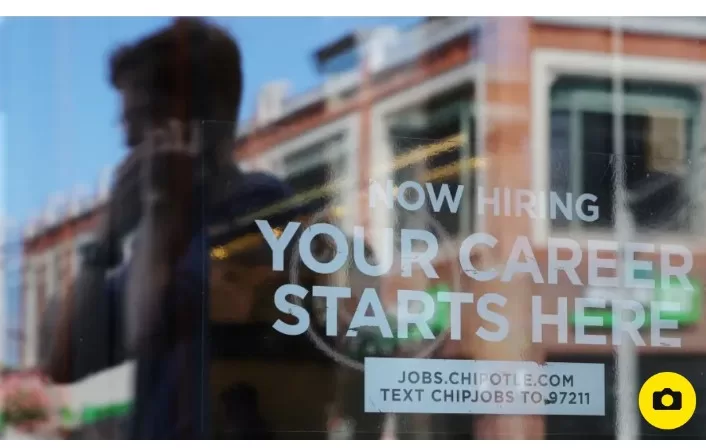Despite grappling with interest rates at their highest in 22 years, the United States labor market remains steadfast. Recent data from the Bureau of Labor Statistics (BLS) reveals that US employers appended 187,000 jobs to the workforce in August.
The job gains in August mirror those observed in July, underscoring the labor market’s tenacity even amidst elevated interest rates. With interest rates reaching a zenith not seen in over two decades, the Federal Reserve remains vigilant, closely scrutinizing labor market dynamics and economic indicators signaling any slowdown or fluctuations in inflation.
The Federal Reserve raised interest rates for the eleventh time in under two years during July, elevating rates to a range of 5.25% to 5.5%. Consequently, this led to an uptick in mortgage rates and the cost of loans.
As early as the beginning of this year, employers were consistently adding as many as 517,000 jobs each month, a pinnacle observed in February. However, in recent months, the pace of new job creation has decelerated.
In August, the unemployment rate inched up to 3.8%, marking the highest level in over a year. Over the past year, the unemployment rate has exhibited relative stability, having reached a historic nadir of 3.4% in February, subsequently exhibiting fluctuations in the spring and summer months.
Sectors such as healthcare, leisure and hospitality, and social assistance witnessed robust job growth in August. In contrast, the transportation and warehousing sectors experienced a substantial decline in employment, primarily attributed to the bankruptcy of the trucking firm Yellow. The company’s closure resulted in the layoff of approximately 30,000 employees.
Additional labor market indicators have signified a tempering of conditions, as evidenced by the Bureau of Labor Statistics’ Job Openings and Labor Turnover Survey (JOLTS), revealing 8.8 million job openings in July, a reduction of 338,000 from June. Moreover, the survey disclosed a ratio of 1.5 job openings for every unemployed worker, marking the lowest level since September 2021.
Payroll services provider ADP reported a contraction in private sector job additions, with a decline of 30,000 jobs in August, resulting in a total of 177,000 jobs added. Furthermore, Challenger, Gray & Christmas, an outplacement firm, published a report noting that US employers announced 75,151 layoffs in August, marking the highest level since 2020.
Federal Reserve officials have reiterated their aim to engineer a “soft landing” scenario, aiming to reduce inflation – which reached a peak of 9.1% last summer – to a manageable 2% without causing substantial disruption to the job market. Despite the drop in inflation, which registered at 3.3% in July, its impact on the labor market has been less severe than anticipated. Nevertheless, officials contend that additional efforts are essential to achieve the 2% inflation target, with the full ramifications of the interest rate hikes yet to be fully realized.
Federal Reserve Chair Jerome Powell underscored the central bank’s unwavering commitment to taming inflation, asserting that they would persist until their objective is attained. Powell stated, “It is the Fed’s job to bring inflation down to our 2% goal, and we will do so.” He emphasized the substantial tightening of policy implemented over the past year, citing that while inflation has descended from its zenith, it still lingers at an unacceptable level.
Complicating the Federal Reserve’s policy calculus is the persistent robustness of consumer spending, particularly in domains like concerts and vacations. The repercussions of heightened spending levels on prices remain uncertain, particularly amidst contractions in sectors such as the housing market, exacerbated by rising interest rates
Powell aptly summarized the Federal Reserve’s position by stating, “We are navigating by the stars under cloudy skies.”







